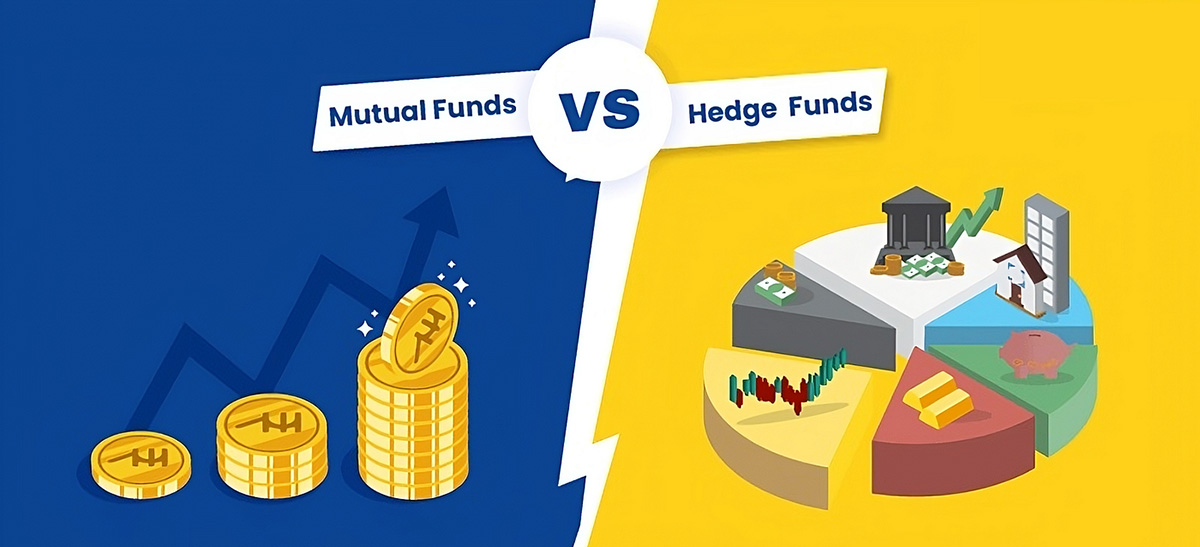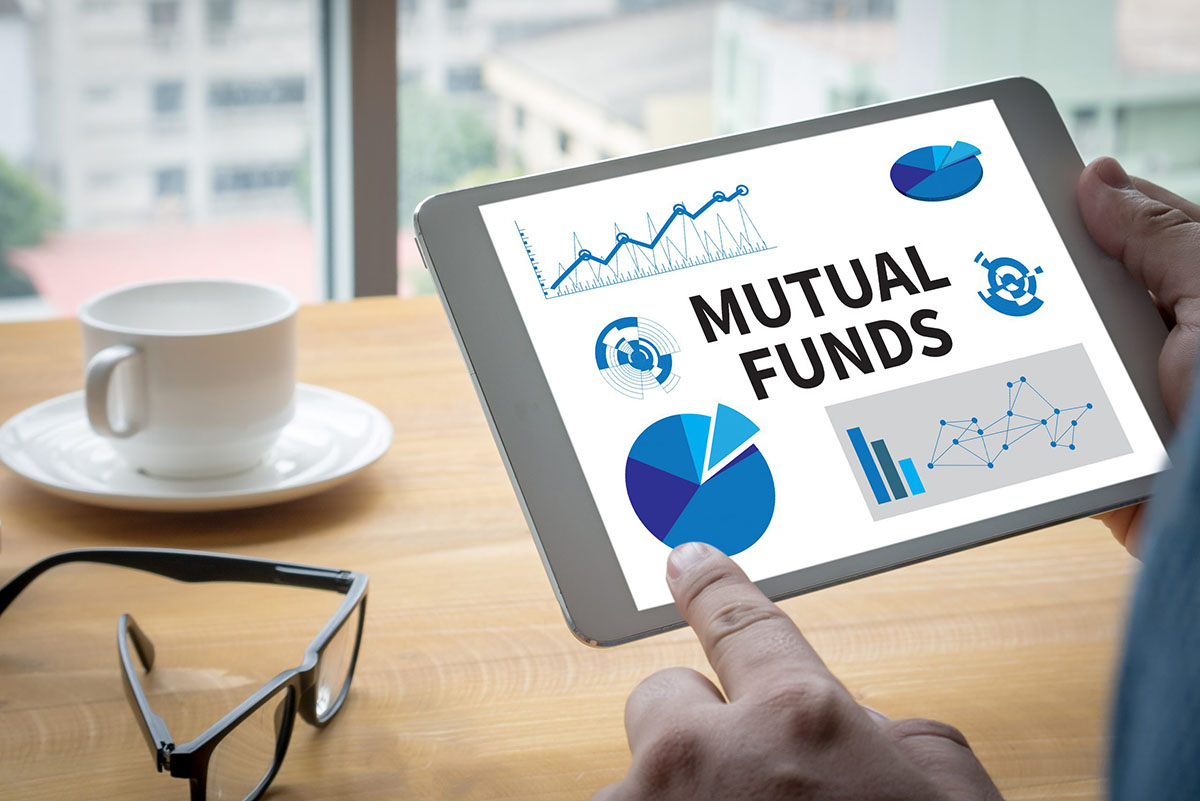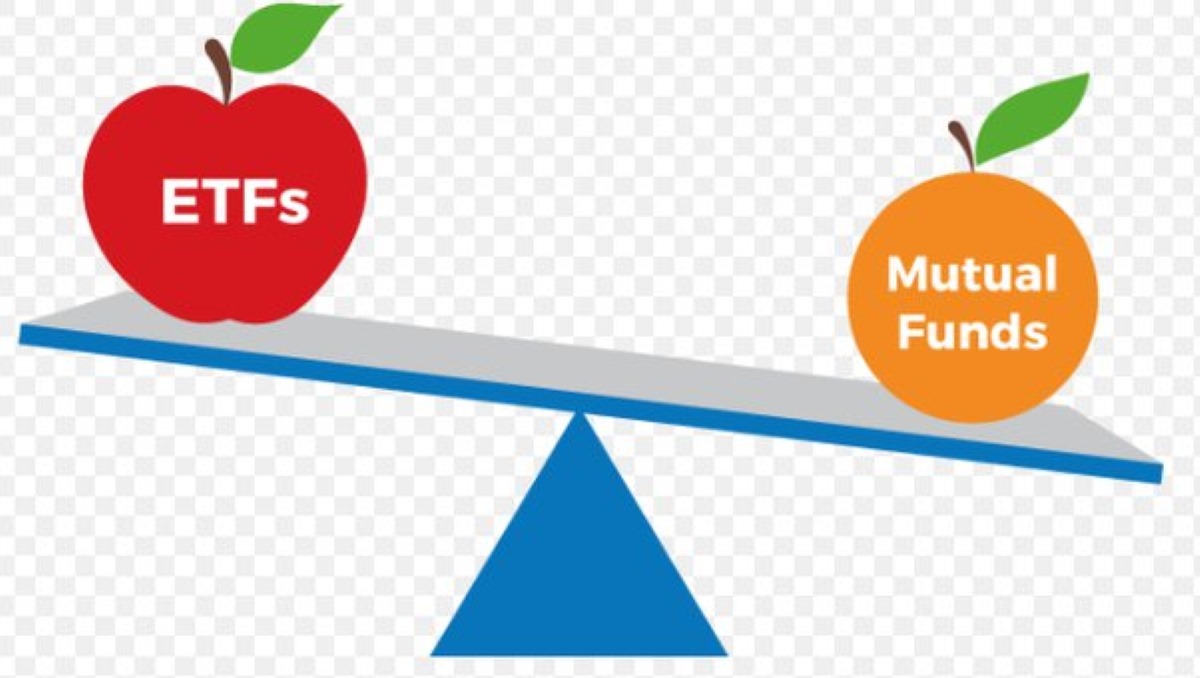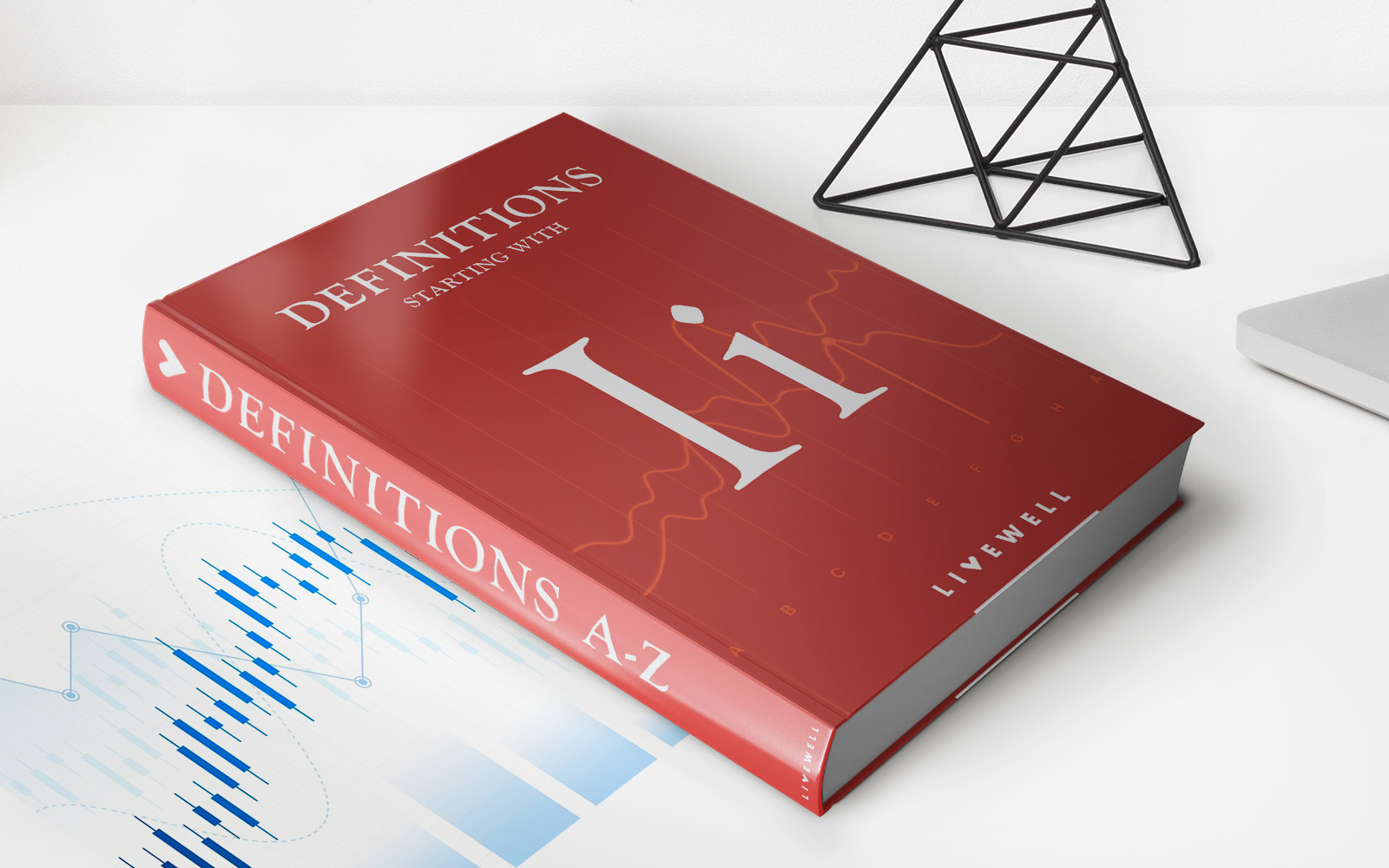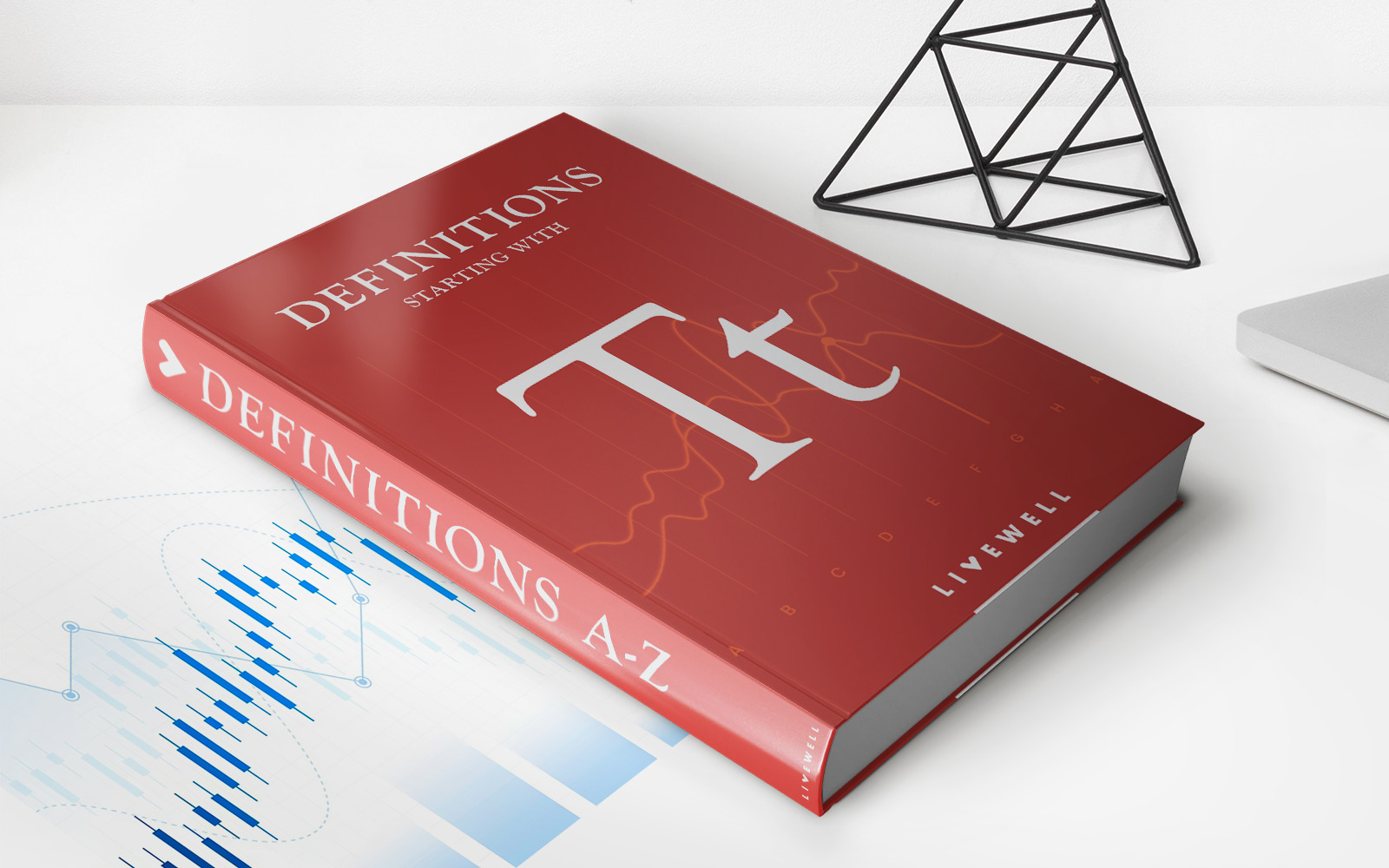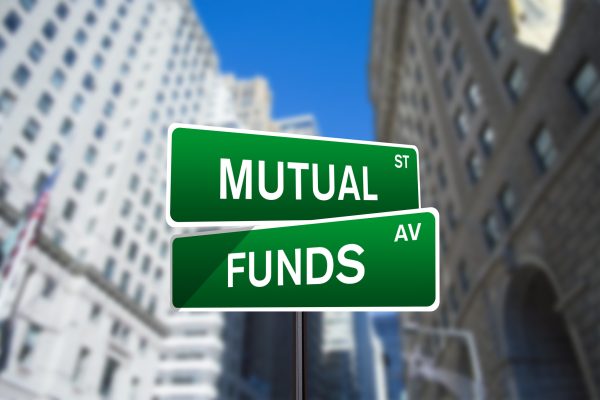
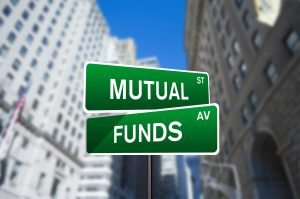
Finance
What Are The Different Types of Mutual Funds?
Modified: December 30, 2023
Explore the various and more common mutual funds in the market before deciding which ones work for you, and where you should be putting your money!
(Many of the links in this article redirect to a specific reviewed product. Your purchase of these products through affiliate links helps to generate commission for LiveWell, at no extra cost. Learn more)
A mutual fund is an investment vehicle that consists of securities like stocks, bonds, money market instruments, and other assets. If you are planning to invest in them, there are different types of mutual funds you should know about. These funds are operated and allocated by professional money managers. They also attempt to produce income or capital gains for the fund’s investors.
Equity Funds
Equity funds, also called stock funds, are the largest category in the types of mutual funds. It invests in publicly traded companies, as opposed to privately owned ones. Because the value of these funds sometimes rises and falls sharply over a short period, it is the most volatile.

Photo from maxpixels.net
This type of fund invests principally in stocks. Compared to other types of investments, stocks have performed better over the long term. It is based on the expectation that a company will have higher profits, greater revenue, and expanded market share in the future. In general, the reason for the fluctuation of stocks is the investors’ assessment of economic conditions and their likely impact on corporate earnings.
Equity funds have various subcategories: the size of the companies they invest in, their investment approach, or the geographical location they invest in.
Small-Cap, Mid-Cap, Large-Cap Funds
The types of stocks are grouped by the total worth of all their shares. This value also refers to market capitalization. Companies are generally divided into three sizes:
Large-cap fund has a market value of $10 billion or more.
Mid-cap fund has a market value of between $2 billion and $10 billion.
Small-cap fund has a market value between $300 million and $2 billion.
Growth and Value Funds
Companies expected to have high earnings issue growth funds. But despite the high potential returns, it tends to have higher risk levels. Also, due to fierce competition, rivals can disrupt a growth stock business causing it to fall from favor quickly. Its prices can sharply lower with even just a slowdown in growth.

Photo by David Schwarzenberg from Pixabay
Value funds are seen as a more conservative investment, unlike growth funds. It is often mature and issued by well-known companies. These companies have already grown into industry leaders and do not need to expand any further. They also have assets that are worth more than the stock price.
Domestic and International Funds
These are types of mutual funds that are categorized by their geographic location. To distinguish domestic from international stocks, most investors look at the official headquarters of the company. It can be helpful to not only invest domestically but also in internationally based companies and in emerging markets. This way, you can diversify your investment portfolio.

Photo by Michael Gaida from Pixabay
Industry or Sector Funds
This type of fund focuses on a particular industry, like healthcare, aviation, technology, oil and gas. Owning funds from different sectors can help diversify your portfolio if you experience loss in other sectors.
Fixed Income Funds
Fixed income funds are also known as bond funds. It is one of the most common types of mutual funds where it buys investments that pay a fixed rate of return. This can include government bonds, high-yield corporate bonds, and investment-grade corporate bonds. Fixed income funds provide income through dividend payments and mostly through the earned interest.
Compared to equity funds, this type of fund is a safer investment than stocks. This makes it ideal for investors nearing retirement. Having more bond funds in their portfolio allows them to earn more interest rather than letting the cash sit in a bank savings account.
Risks of Fixed Income Funds
- the issuer of bonds (companies or municipalities) may fail to pay back their debts
- there may be a possibility that interest rates will rise causing the decline of the bonds’ value
- there may be a chance that a bond will be paid off early; thus the fund manager may not be able to reinvest the proceeds

Photo from Max Pixels
Income Funds
This is one of the types of mutual funds that provide current income on a steady basis. Income funds primarily invest in government and high-quality corporate debt. To provide interest streams, they hold these bonds until maturity.
Since the primary objective of these funds is to provide a steady cash flow, its audience consists of conservative investors and retirees. But, tax-conscious investors may want to avoid these funds because they produce a regular income.
Index Funds
Index funds are one of the most popular types of mutual funds. Their investment strategy believes that it is often expensive and very hard to try to beat the market consistently. This is why the index fund managers buy stocks that correspond with a major market index such as the Dow Jones Industrial Average (DJIA) or the S&P 500.
These funds aim to track a specific index performance like the S&P/TSX Composite Index. As the index goes up or down, the value of the mutual down will go up or down as well. Unlike actively managed mutual funds, index funds typically have lower costs because the portfolio manager does not have to make as many investment decisions or do as much research.
Money Market Funds
Compared with other types of mutual funds, money market funds have relatively low risks. It consists of safe, short-term debt investments, mostly government Treasury bills. These are issued by the U.S. government, U.S. corporations, and state and local governments.

Photo from Max Pixels
These funds try to keep their net asset value or NAV. It represents the value of one share in a fund at a constant $1 per share. But if the fund’s investments perform poorly, the net asset value may fall below $1. Money market funds will not give you substantial returns, but you need not worry about losing your principal. It is a safe place for your money.
Global Funds
Global funds invest in assets located within your home country and anywhere around the world. This is compared to international or foreign fund that invests only outside your home country. These types of mutual funds tend to be more volatile and it can be difficult to classify whether they are safer or riskier than domestic investments.
Though it may involve unique country and political risks, you can reduce risk by increasing diversification as part of a well-balanced portfolio. It is also very likely that the economy of another country is outperforming your country’s local economy, even if the world’s economies are becoming more interrelated.
Balanced Funds
Balanced funds, also known as asset allocation funds, invest in a mix of equity and fixed-income funds. It tries to balance its aim of achieving higher returns against the risk of losing money. These funds have a fixed ratio of investments, such as 60% stocks and 40% bonds, and follow a formula of splitting money among the different types of investments.

Photo from Max Pixels
Compared to fixed-income funds, balanced funds tend to have more risk but have less risk than pure equity funds. These types of mutual funds also have variety. Target-date funds are the best known which automatically reallocates the ratio of investments from equities to bonds the closer you are to retirement.
